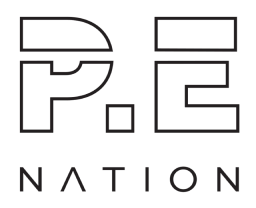Who do you most look up to in the sport and what is it about them you respect or admire?
I have a lot of admiration and respect for Ashley Barty. She is an amazing player and a beautiful person who doesn’t allow any outside voices to affect her emotions and decisions.
During her rise in the ranks years ago, she decided it was best for her to have a break and tackle cricket despite the many other public opinions. When she was ready she returned to tennis and rocketed to number one in the world. She has stayed number one for over 100 weeks. This truly shows how strong her character is and how much she believed in herself.
Novak Djokovic is someone else I look up to in the sport. I respect how successful he has become considering his early childhood disadvantages of having lived through a war-torn period in Eastern Europe while playing tennis. His determination and mental resilience are unmatched and are strengths that I admire to have.
What’s most important to you when you’re dressing for training or competition? What qualities do you look for in your garments?
Quality, comfort and style are my standards for anything that I wear. As I essentially live out of luggage when travelling overseas, I look for clothing that is of high quality but also lightweight and comfortable on court.
Style is also important to me and I love unique pieces of clothing that pop from the others which is why I adore wearing P.E Nation clothing. The P.E tennis range is expanding, and I recently wore their white shorts, a black tank and a white cap to play my main draw Australian Open doubles match this year. The material was super light and comfy and also very stylish for the tennis court which received many compliments.
What do you most look forward to when you have some down time? What are some favourite things to do when you have time off?
In my downtime I love going on adventures with friends to the beach, cafes and scenic walks. However, after a long week of training, l enjoy some time lounging in bed reading a book or watching some Netflix.
If you weren’t a tennis player, what do you think you would be?
I think if I wasn’t a tennis player I would be a swimmer. Swimming was my second passion growing up and I continue to love getting in the water and doing some swimming cardio for tennis.
What are your goals for the rest of 2022?
My goals for the rest of 2022 are to play more tournaments and having a full calendar year of competing healthy. Unfortunately, a hand injury last year meant I was only able to play seven professional tournaments in the last year which has had an impact on my ranking.
My goal in rankings is to break the top 200 and be competing in all four grand slams.
I also hope to give back to those who may not have the chance to play tennis but desire to. One of my good friends and coach who I have worked with for a long time, Louise Pleming, runs a charity organisation called Rally4everaus. It is the largest tennis rally for mental health and a truly inspiring movement. Introducing more foundations like this is something I’d like to be a part of.

